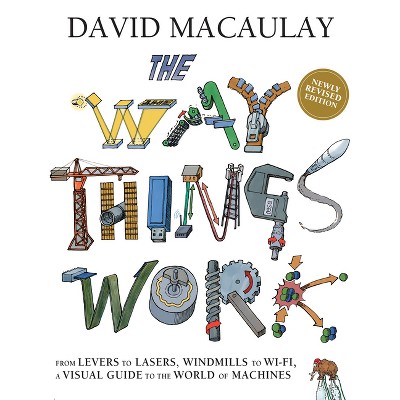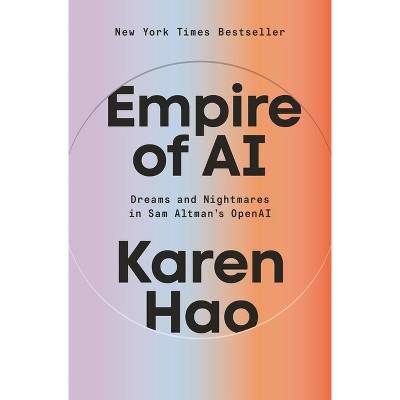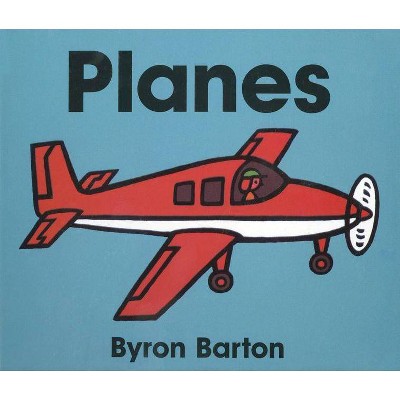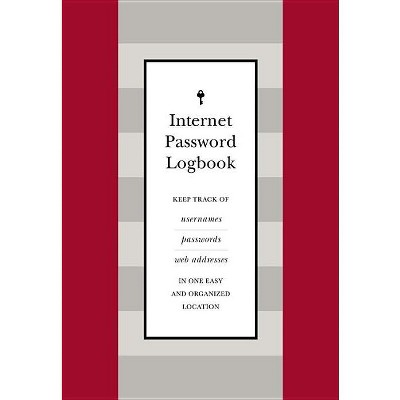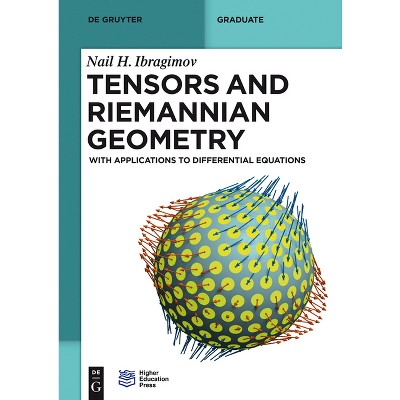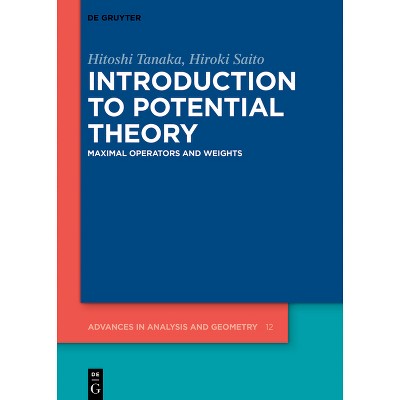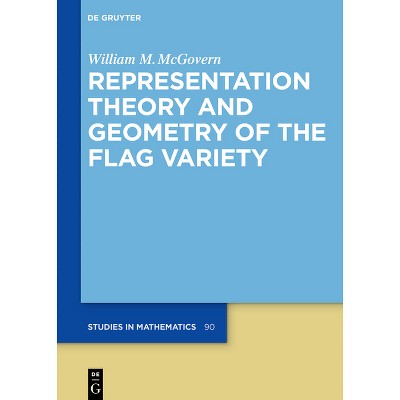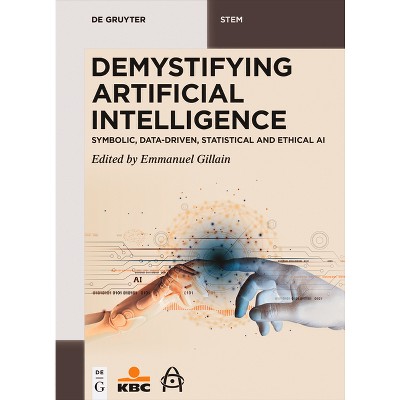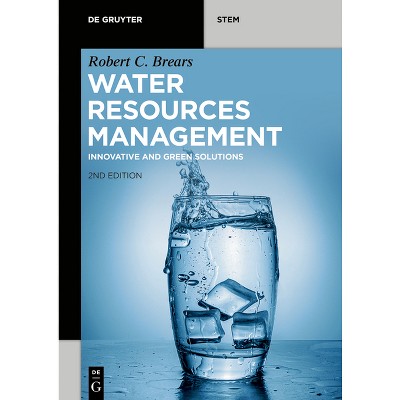$56.99 sale price when purchased online
$80.99 list price
Target Online store #3991
About this item
Highlights
- This book contains 34 technical papers presented at the Advances in Architectural Geometry Conference held in Stuttgart 2023.
- About the Author: 1.
- 484 Pages
- Computers + Internet, Intelligence (AI) & Semantics
- Series Name: de Gruyter Stem
Description
About the Book
7711110010111411032103101111109101116114105993299111109112117116105110103321051109911410197115105110103108121321121089712111532973211411110810132105110321091111001011081051101033210111011810511411111010910111011611532971101003211211411199101115115Book Synopsis
This book contains 34 technical papers presented at the Advances in Architectural Geometry Conference held in Stuttgart 2023.
Modern geometric computing increasingly plays a role in modeling environments and processing sensing information, providing a variety of tools for the efficient design, analysis, and manufacturing of complex shapes. The research area of architectural geometry (AG) has emerged at the common border of architecture, applied geometry, computational design, mathematics, and manufacturing. This book presents the state of the art of research in AG.
About the Author
1. Kathrin Dörfler is an architect, researcher, and educator in computational design and robotic fabrication. She holds a master's degree in architecture from TU Vienna and a PhD in digital fabrication from ETH Zurich. In 2019, Kathrin joined the School of Engineering and Design at the Technical University of Munich as a tenure-track professor to set up a research group for digital fabrication in the Department of Architecture. Her group's research interests lie at the intersection of collaborative fabrication processes, on-site robotics, additive manufacturing, and fabrication-aware design.
2. Jan Knippers is a structural engineer and since 2000 head of the Institute for Building Structures and Structural Design (ITKE) at the University of Stuttgart. His interest is in innovative and resource-efficient structures at the intersection of research and development and practice. From 2014 to 2019 Jan Knippers was coordinator of the collaborative research centre TRR141 "Biological Design and Integrative Structures" at the Universities of Stuttgart, Tübingen and Freiburg. Since 2019 he is Deputy Director of the Cluster of Excellence "Integrative Computational Design and Construction" and currently dean of the Faculty of Architecture and Urban Planning.
3. Achim Menges is a registered architect in Frankfurt and full professor at Stuttgart University, where he is the founding director of the Institute for Computational Design and Construction (ICD) and the director of the Cluster of Excellence Integrative Computational Design and Construction for Architecture (IntCDC). In addition, he has been Visiting Professor in Architecture at Harvard University's Graduate School of Design and held multiple other visiting professorships in Europe and the US. The focus of his practice and research is on interdisciplinary and integrative approaches to computational design and construction.
4. Stefana Parascho is a researcher, architect, and educator whose work lies at the intersection of architecture, digital fabrication and computational design. She is currently an Assistant Professor at EPFL where she founded the Lab for Creative Computation (CRCL). Through her research, she has explored multi-robotic fabrication methods and their relationship to design. Before joining EPFL, Stefana was an Assistant Professor at Princeton University, where she led the CREATE Lab Princeton. She completed her doctorate in 2019 at ETH Zurich, Gramazio Kohler Research. Previously, she received her Diploma in Architectural Engineering from the University of Stuttgart and worked with DesignToProduction Stuttgart and Knippers Helbig Advanced Engineering.
5. Helmut Pottmann is a professor of Applied Mathematics and Computational Science at King Abdullah University of Science and Technology (KAUST) and founding director of the Visual Computing Center at KAUST. He has had faculty positions in the US and in Germany and has been a Professor of Applied Geometry at TU Vienna since 1992. His research interests are in Applied Geometry, Visual Computing and most recently in Geometric Computing for Architecture and Manufacturing. He has co-authored a book and influential papers on Architectural Geometry and is a co-founder of the AAG conference series. Helmut Pottmann is a Fellow of SIAM and recipient of the Eurographics Outstanding Technical Contributions Award.
6. Thomas Wortmann directs the Chair for Computing in Architecture at the Institute of Computational Design and Construction (ICD/CA) at the University of Stuttgart. He holds a Master of Architecture from University of Kassel, a Master of Science in Design and Computation from MIT, and a PhD in Architecture and Sustainable Design from Singapore University of Technology and Design. He researches the application of artificial intelligence (AI) methods--such as AI reasoning, AI planning, supervised learning, optimization, and multi-variate visualization--in architectural design and construction processes and leads the development of Opossum, a machine learning-based optimization tool that has been downloaded over 10.000 times.
Dimensions (Overall): 9.61 Inches (H) x 6.69 Inches (W) x .98 Inches (D)
Weight: 1.69 Pounds
Suggested Age: 22 Years and Up
Series Title: De Gruyter Stem
Sub-Genre: Intelligence (AI) & Semantics
Genre: Computers + Internet
Number of Pages: 484
Publisher: De Gruyter
Format: Paperback
Author: Kathrin Dörfler & Jan Knippers & Achim Menges & Stefana Parascho & Helmut Pottmann & Thomas Wortmann
Language: English
Street Date: October 4, 2023
TCIN: 1003045941
UPC: 9783111160115
Item Number (DPCI): 247-50-3173
Origin: Made in the USA or Imported
If the item details aren’t accurate or complete, we want to know about it.
Shipping details
Estimated ship dimensions: 0.98 inches length x 6.69 inches width x 9.61 inches height
Estimated ship weight: 1.69 pounds
We regret that this item cannot be shipped to PO Boxes.
This item cannot be shipped to the following locations: American Samoa (see also separate entry under AS), Guam (see also separate entry under GU), Northern Mariana Islands, Puerto Rico (see also separate entry under PR), United States Minor Outlying Islands, Virgin Islands, U.S., APO/FPO
Return details
This item can be returned to any Target store or Target.com.
This item must be returned within 90 days of the date it was purchased in store, shipped, delivered by a Shipt shopper, or made ready for pickup.
See the return policy for complete information.


